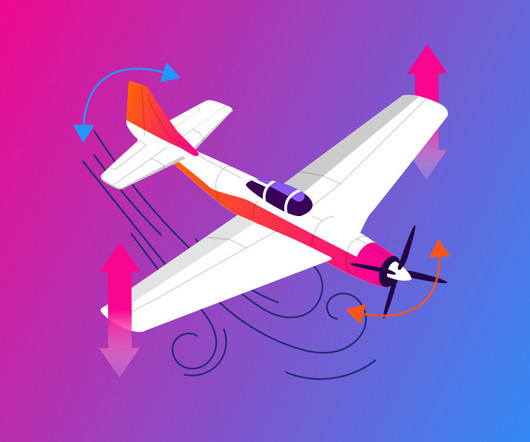Everything You Need To Know About Ailerons
Pilot Institute
FEBRUARY 20, 2025
These control surfaces dictate the aircraft’s roll, and this allows it to bank smoothly through turns or even recover from turbulence. The problem is that the aileron can only be deflected to a point after which the drag becomes significant. This shifts the ailerons Center of Gravity (C.G.)











Let's personalize your content